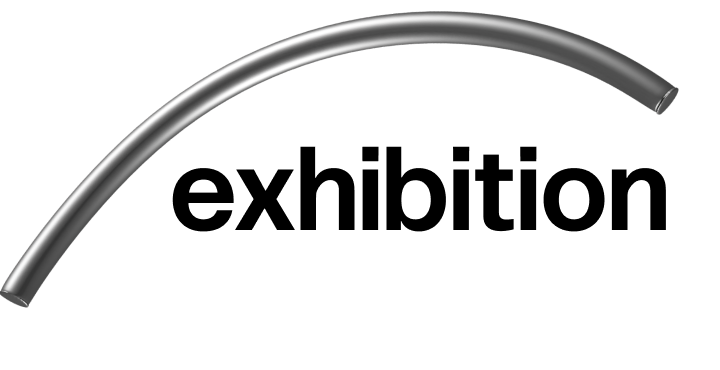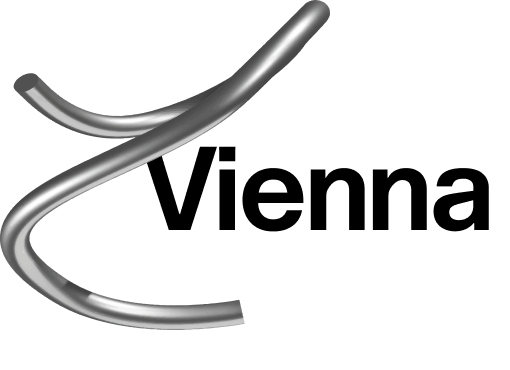Nikolay Karabinovych
(b. 1988, Odessa, Ukraine) works across various media such as video installation, performance, sound, and sculpture. He explores the social histories of Eastern Europe, approaching collective and personal memory by means of analytical, conceptual or interventionist tactics. In 2020 he graduated from the Higher Institute for Fine Arts (HISK) in Ghent. Karabinovych was an assistant curator of the 5th Odesa Biennale. In 2022, 2020 and 2018, he was awarded the first PinchukArtCentre Prize. His work has been shown extensively at public institutions (MUHKA, Museum of Contemporary Art, Antwerp; Belgium Jewish Museum, Bozar, Brussels; w139, Amsterdam; Zamek Ujazdowski, Warsaw; Pinchuk Art Centre, Kyiv; and many others) and in galleries (Hunt Kastner gallery, Prague; Voloshyn Gallery, Kyiv; Hit Gallery, Bratislava and others. Current exhibitions: → As Though We Hid the Sun in a Sea of Stories October 21, 2023 — January 14, 2024 HKW, Berlin → Karabinovych.jpg – Recent works on paper October 27 — November 26, 2023 M HKA, Antwerp → 5th Kyiv Biennale October 17 — December 17, 2023 Augarten Contemporary, Vienna → Kaleidoscope of (Hi)stories: Art from Ukraine October 14, 2023 — January 28, 2024 Museum de Fundatie, Zwolle

Che bella voce!
2019,
German cultural theorist Klaus Theweleit draws attention to the role that military formations such as troops or battalions play as engines of social fusion: one unit, one man, one rhythm. But what happens when this kind of machine breaks down? Nikolay Karabinovych quotes an anecdote from author Mladen Dolar as the starting point for his work: «In the middle of war, in the middle of battle, in the trenches stands a company of Italian soldiers. The commander shouts: «Soldiers, attack!» But nothing happens, nobody moves. So the commander gets angry and shouts even louder: «Soldiers, attack!» At that moment the answer appears, a delighted voice rising from the trenches: «What a beautiful voice!» («Che bella voce!»).» This kind of refusal, coupled with a comment that comes from a completely different order, signals a terminal flaw of the military system. Karabinovych recorded the cited command in all the languages of the armies once led by General Józef Bem (Polish, Hungarian, and Turkish). The command is activated through individual loudspeakers in a timed sequence. The sound installation also references the monumental painting Transylvanian Panorama (completed in 1897), fragments of which show the attacking soldiers, reproduced in the installation.


Augarten Contemporary, hoast, IG Architektur, Laurenz, Neuer Kunstverein Wien, Never At Home, Waffen Franz Kapfer, New Jörg, Ve.Sch
October 17–December 17
Main Exhibition
Curators: Serge Klymko, Hedwig Saxenhuber and Georg Schöllhammer
The Story of the City where Two Colors Disappeared
2023,
HD video
Nikolay Karabinovych is a filmmaker who approaches collective and personal memory through analytical, conceptual, and interventionist tactics. In that spirit, he has most recently addressed his family history in a trilogy. In it, he considers his grandfather, who was deported to Kazakhstan in 1949; the artist’s own Greek and Jewish roots, reflecting on the historical tensions between the two groups living together in the diaspora in present-day Odesa; finally, his mother’s story, retelling a personal tragedy, while also implying that millions of similar tragedies go unnoticed due to their supposed insignificance compared to the atrocities of war. Karabinovych consistently emphasizes the tension between presence and absence that many Ukrainians experience in exile. In his latest video, created for the Kyiv Biennial, he takes up the theme of presence and absence from another angle. In it, Karabinovych refers to the dwindling presence of Ukrainian solidarity flags on European institutional buildings and documents urban scenes marked by this very peculiar wear-and-tear effect.


Augarten Contemporary, hoast, IG Architektur, Laurenz, Neuer Kunstverein Wien, Never At Home, Waffen Franz Kapfer, New Jörg, Ve.Sch
October 17–December 17
Main Exhibition
Curators: Serge Klymko, Hedwig Saxenhuber and Georg Schöllhammer